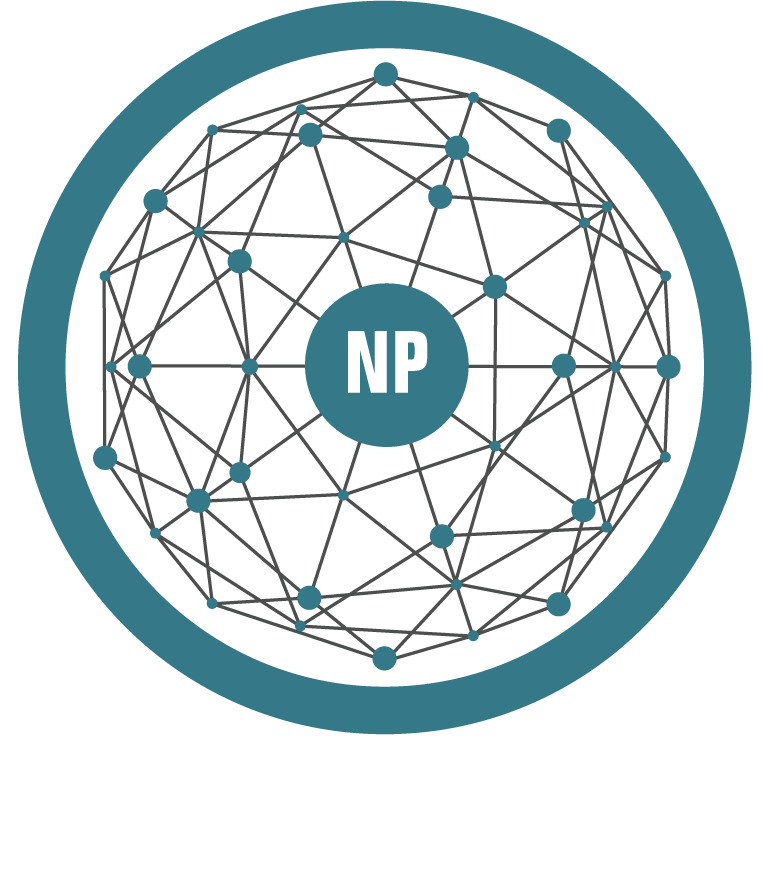Menu
Log in
Tel: 860-322-0708 | Login |
NNPEN BLOG Welcome! To read the full text for any of the blog posts below, click the blue box beside the title and choose "read more." Enjoy! We are pleased to also offer monthly "Computer Clicks" Tips on EHRs by our partners at Optimantra |
Contact Info: Tel: 860-322-0708 https://nnpen.org/Contact Keep informed of NNPEN's latest events and news by subscribing to our mailing list. |
Powered by Wild Apricot Membership Software

.png)
